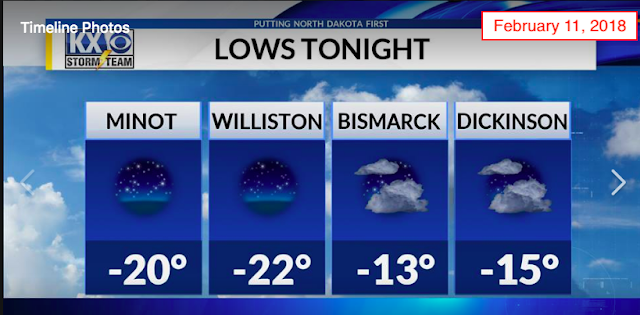Statoil published a new detailed assay for the US shale crude
Bakken, showing it slightly heavier and more sour than previously reported.
The assay, based on a sample taken December 8, 2017, shows Bakken to be 42.9
API and 0.17% sulfur.
The crude had a total acid number of 0.04 mgKOH/g, nickel at 1.4 ppm and vanadium at 3.8 ppm. (The full assay is available at
https://www.statoil.com/en/what-we-do/crude-oil-and-condensate-assays.html.)
Statoil last published an assay for Bakken in November, 2016. That assay
showed the crude to be 43.3 API and 0.07% sulfur, with lower TAN and metals
content.
With the Dakota Access Pipeline and ETCOP pipelines carrying Bakken toGoogle search: When the total sulfur level in the oil is more than 0.5% the oil is called "sour".
the US Gulf Coast, the grade increasingly competes with other light sweet
grades in the region, such as West Texas Intermediate.
From an old (1994) post:
WTI price is used as a benchmark for pricing all other U.S. crude oils. The 410 API, 0.34 wt % sulfur crude is gathered in West Texas and moved to Cushing, OK, for distribution. That assay showed WTI API gravity to be 40.8.

